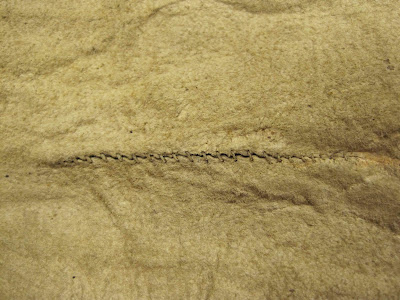I am exceptionally fortunate to work with colleagues
in collections management and conservation who are so experienced in
facilitating research with indigenous peoples. We are currently preparing for
the visit next week of a Maori delegation from the Ngā Paerangi iwi. They are coming to reconnect with taonga
('tribal heirlooms') in the collections of the Pitt Rivers Museum.
We have spent the past few weeks setting up the visit
with Michelle Horwood, a doctoral student from New Zealand who has organized the
delegation. Michelle has advised us on Maori protocol and how it might shape
our welcome of the group, the way the research visit might work, the
difficulties we might encounter, and the special things we might need to
consider to make things go well.
We have found a suitable bowl to hold water for ritual
cleansing, and will find a way to place that near the research space. We have
thought about how to structure the welcome in such a way that it respects Maori
expectations and meets our needs for the sharing of information about the week.
We have drafted student assistants to act as helpers and tour guides. We have
warned colleagues that our visitors may weep, sing, and wail as they encounter
ancestors in the form of taonga, and that this is part of the process of the
visit, along with joy and quite probably a certain amount of bewilderment.
Everyone has pitched in for this. Everyone will, next
week. It’s an amazing feeling to work in a place where this is just what we do.
Yes, we have had a fair bit of work to feel like we understand what needs to
happen and yes, some of this will have to be worked out as we go along—but no
one questions the need to work with Maori cultural protocol or the diplomatic,
very special nature of this visit. It seems like the entire institution ‘gets
it’, which is a rare museum indeed. I teach on these aspects of museum
anthropology, but this visit is not being organized by me: it’s everyone in the
museum, and I'm just showing up to welcome our guests and then learn. Which is,
really, what we’ll all be doing next week.
Just saying this is a great place to be, and a
privilege to work here.
